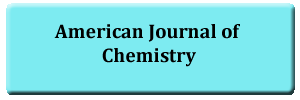Data Visualization to Explore Improving Decision-Making within Hajj Services
DOI:
https://doi.org/10.20448/808.2.1.9.18Keywords:
Data visualization, Big data, Optimization in Hajj, Big data in Hajj, Info-graphics.Abstract
This paper proposes improving Hajj services gaining advantage from the development of the exploratory data visualization technology. We will illustrate the latest view on data visualization, its difference from the normal explanatory figures and how it is needed as a current effective exploration decision making solution from the massive amount of data (big data) gathered from all agencies serving Hajj. Using the data visualization approach to gain and share insight by presenting some real exploratory global experience examples. We apply the technique to visualize some real data from last year Hajj season representing the results of a study on what pilgrims mostly do in their camping in Mina (a 4-days Hajj living area) during the peak Hajj days and finding out what are the prevailing habits among these pilgrims based on their nationalities averaged for last three years. We also give a simplified theoretical example to illustrate the concept linking between the different nationalities of pilgrims and their residence in Makkah beside the grand mosque (Al-Masjid Al-Haram). We show another exploratory data visualization example relating a virtual map of Mina to improve civil defence system services providing the various civil defence stations with its specialized most probable needed equipments and number of employees.

